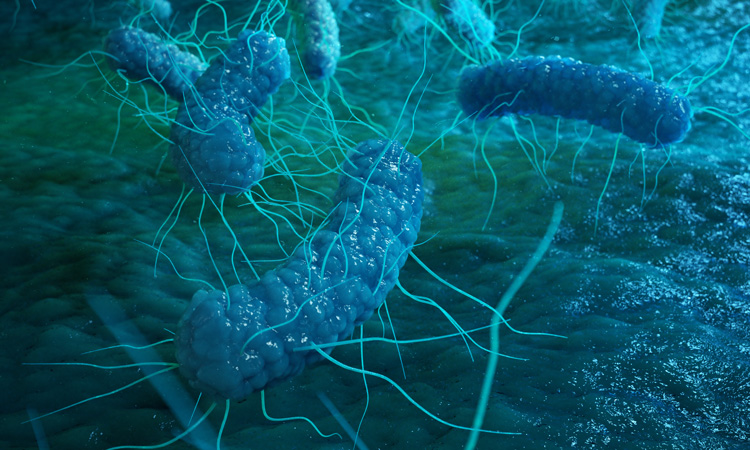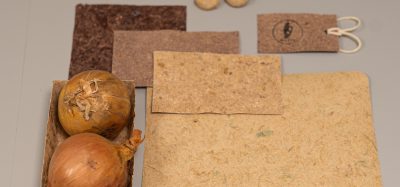New DNA test could improve tracking of Salmonella outbreaks
- Like
- Digg
- Del
- Tumblr
- VKontakte
- Buffer
- Love This
- Odnoklassniki
- Meneame
- Blogger
- Amazon
- Yahoo Mail
- Gmail
- AOL
- Newsvine
- HackerNews
- Evernote
- MySpace
- Mail.ru
- Viadeo
- Line
- Comments
- Yummly
- SMS
- Viber
- Telegram
- Subscribe
- Skype
- Facebook Messenger
- Kakao
- LiveJournal
- Yammer
- Edgar
- Fintel
- Mix
- Instapaper
- Copy Link
Posted: 28 April 2020 | Sam Mehmet (New Food) | No comments yet
The test may rapidly and sensitively distinguish subtypes of Salmonella, making its origin easier to track, the Journal of Molecular Diagnostics has reported.


Researchers have reported the development of a sensitive and specific assay to detect different serotypes of Salmonella, designed to pave the way for rapid serotyping directly from specimens. This improvement upon current testing methods could play a critical role in quickly tracing the origin of the infection, according to the report, which was published by Elsevier, a Dutch publishing and analytics company.
Recent data from the Centers for Disease Control and Prevention (CDC) has indicated that food poisoning caused by Salmonella bacteria leads to 1.35 million infections, 26,500 hospitalisations, and 420 deaths in the US per year. During an outbreak, the speed and simplicity of a test is said to be important to detect specific types of bacteria for public health investigators to track down the source.
“Salmonella in a clinical or food sample may be present in very small amounts and thus requires very sensitive methods to detect them. Multiple cross-displacement amplification (MCDA) is a method that can detect very small amounts of DNA rapidly and is also performed at a single constant temperature, in contrast to the cycling of temperatures required in other methods such as PCR. This makes it a good fit for a simple, rapid and sensitive bacterial detection test. Although an MCDA test for any Salmonella already exists, it does not distinguish between different serotypes,” explained Professor Ruiting Lan, PhD, of the School of Biotechnology and Biomolecular Sciences at the University of New South Wales, Sydney, NSW, Australia.
The investigators developed an MCDA assay for each of the seven serovar (subtype)-specific targets of Salmonella. All of these assays detected as few as 10 copies of DNA and can produce results in approximately eight minutes. The assays do not require specialised detection equipment, the researchers said, simplifying any future application in clinical or industrial settings.
“The assays developed in this study are unique because the gene markers used were selected based on analysing thousands of genomes. Thus, these markers future proof Salmonella serotyping in the era of culture-independent diagnostic testing,” commented Prof Lan.
Traditional methods to distinguish Salmonella serotypes involve growing the bacteria from samples and then testing them to assign them to a serovar. The MCDA test is faster because it does not require first growing the bacteria in culture. Rather, it can detect very small amounts of Salmonella DNA.
Although there are hundreds of Salmonella serovars, the authors chose the five most commonly occurring in Australia, which cause more than 85 percent of Salmonella infections in that country. However, at least two of these serovars are also the top Salmonella serovars throughout the world, therefore the researchers believe the results are applicable to other geographic regions.
Related topics
Food Safety, Health & Nutrition, Pathogens, Quality analysis & quality control (QA/QC), Rapid Detection, Technology & Innovation, The consumer








